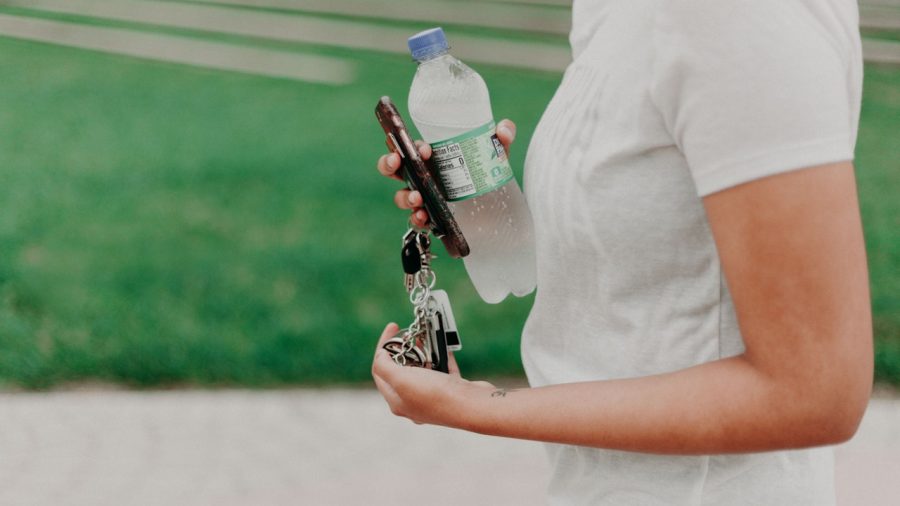The average age of vehicles in Australia is higher than the average in developed nations. Yet technology has changed a lot in 10 years and many safety features are only available on newer models. Some groups are urging government to make it easier for people to afford newer vehicles to help stem the rate of road deaths and injuries.
Older than average
The average age for passenger vehicles in Australia is 9.8 years and for light commercials, it’s 10.4 years.
Unfortunately, many young people are driving even older cars. Nearly 80% of drivers under 20 who died and 71% of those seriously injured in the past 5 years were driving cars older than 10 years. Around 45% of deaths were in vehicles at least 15 years old.
Yet parents often pass on their older models to their children, while they drive newer vehicles. It makes sense from an economic standpoint but it may ignore safety.
Advice for parents
We know young people who have a car of their own have more risk of a crash than those who share the family car. This is because teens who share the car tend to discuss and plan their journeys more. Also, parents tend to buy small cars for their offspring even though they are not as protective as heavier vehicles.
So the advice to parents is to be more involved in their children’s driving and share the family car. Even so, we know from bitter experience you may need to expect the occasional dent or ding in the side of it.
Riskier than average
Australasian New Car Assessment Program (ANCAP) tracked for three years the age of the vehicle fleet and then the age of vehicles involved in fatal crashes. It found the average age of vehicles in a fatal crash was:
- 12.5 years in 2015
- 12.9 years in 2016
- 13.1 years in 2017.
During 2017, ANCAP tracked the year of manufacture, percentage of these vehicles on the road and their chance of a fatality. It found the fatality rate of newer vehicles was only a third of vehicles manufactured on or before 2001:
| Year of manufacture | Percentage on road | Fatality rate |
| Up to 2001 | 20% | 36% |
| 2002-2006 | 22% | 22% |
| 2007-2011 | 27% | 13% |
| 2012-2017 | 32% | 12% |
So if older cars are not as safe as newer cars, why are there not more incentives to purchase newer cars? For example, incentives for rental or corporate fleets to sell newer stock to L- and P-plate drivers, rather than put them up for auction.
Of course, greenslips tend to be cheaper for newer than older cars, so that provides some incentive. Use the greenslips.com.au Calculator to find out how much you could pay with a newer vehicle.


your opinion matters: